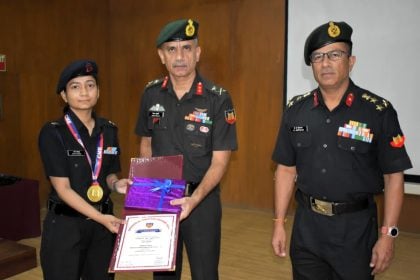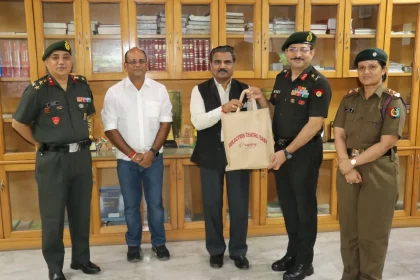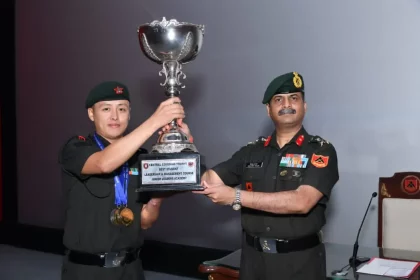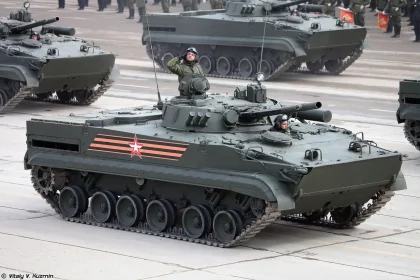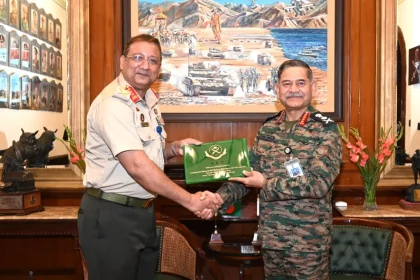Major Rashi Trivedi of 60 Engineer Regiment Emerges as Overall Best Student of Advance Combat Engineering Course at CME Pune
The College of Military Engineering, located in Pune, serves as a premier technical training institution of the Indian Army.
Selection Centre East SSB Prayagraj Strengthens Youth Outreach through Engagement with IIIT Allahabad
The Commandant of Selection Centre East and NCC Group Commander ‘B’ met the Director of IIIT Allahabad on 17 October…
Havildar Navin Thapa 1/1 Gorkha Rifles Shine at Junior Leaders Academy Bareilly
Hav Navin Thapa and Nb Sub Mohan Bhausaheb Shine at Junior Leaders Academy, Bareilly – Leadership and Management Course Culminates…
Western Command’s Engineer Regiment Builds Bailey Foot Over Bridge on Ring Road
A Diwali gift ensuring safe passage for Army personnel and civilians through Military-Civil synergy.
Russia Offers Upgraded BMP-3 IFV to Strengthen India’s Mechanised Infantry
Enhanced protection, mobility, firepower, and semi-autonomous features proposed as India evaluates next-generation combat vehicles.
General Upendra Dwivedi, Bangladesh Army’s Lt Gen Mainur Rahman Discuss Strengthening Defence Ties at UNTCC 2025
General Upendra Dwivedi and Lt Gen Md Mainur Rahman reaffirm commitment to defence cooperation, UN peacekeeping coordination, and regional stability.

